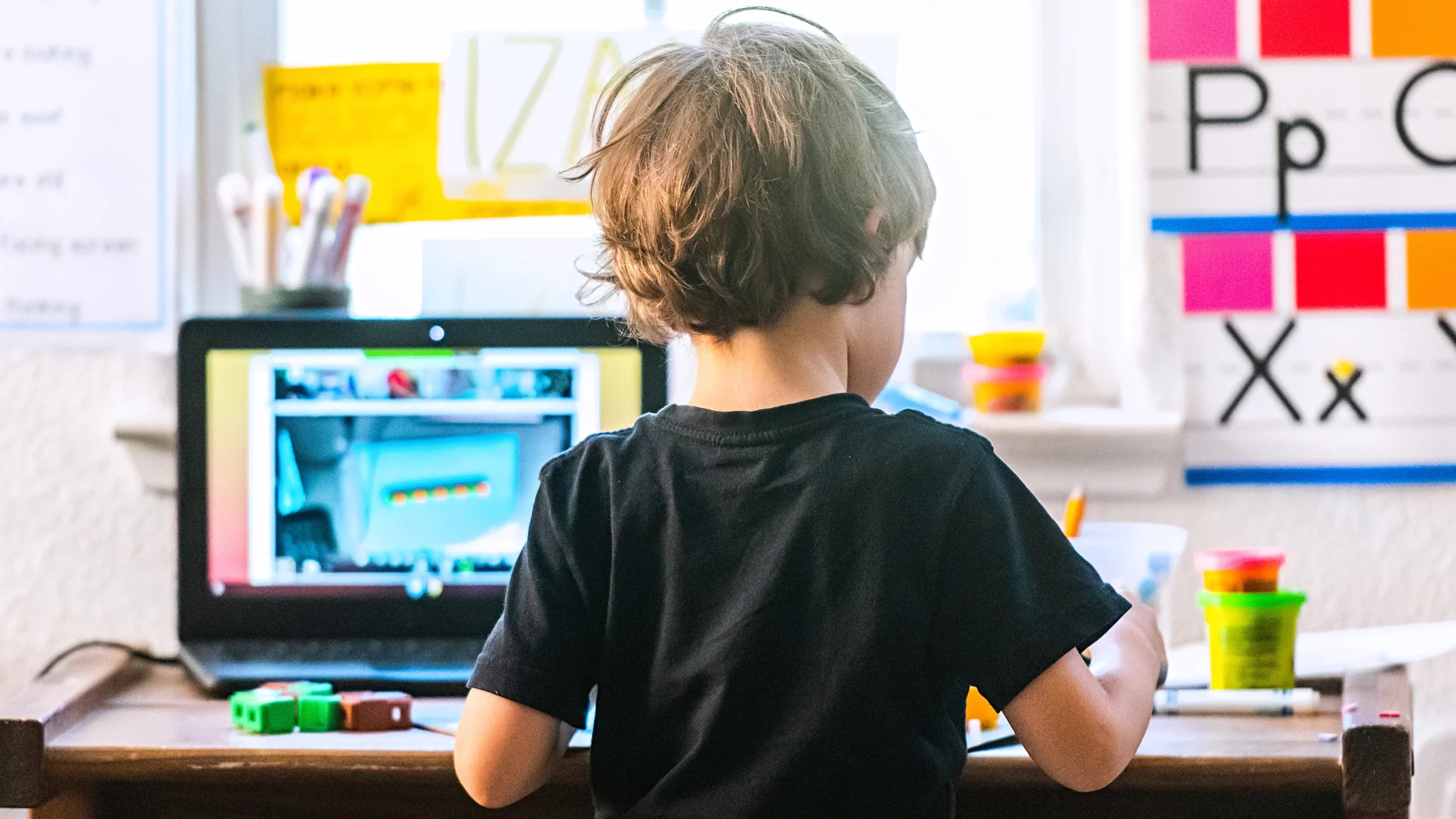Introduction
Teaching programming to children can be a fun and rewarding experience. Programming is a valuable skill that can help children develop problem-solving and critical thinking skills, as well as an understanding of how computers and technology work. The C programming language is a great place to start, as it is easy to learn and can be used to create powerful programs. In this blog, we will explore the fundamentals of programming in C and how to teach a 10-year-old child these concepts.
What is Programming?
Before we dive into teaching programming in C, it is important to understand what programming is. Programming is the process of creating instructions for a computer to execute, which are known as “programs” or “code”. Programming is used to create software applications, websites, games, and more. To write a program, you will need to have knowledge of a programming language. The C programming language is one of the most popular and widely used programming languages in the world.
Why C Programming?
C is a great language for teaching children programming for a variety of reasons. It is a relatively easy language to learn, and its syntax is straightforward and simple. It is a high-level language, meaning it is close to human language and not as close to machine language as assembly language is. This makes it easier to read and understand. C is also widely used, so it is a valuable skill to have.
Learning Environment
When teaching a 10-year-old child programming in C, it is important to create a learning environment that is both fun and encouraging. You want to make sure the child feels comfortable and is not overwhelmed by the material. It is also important to provide resources, such as books and online tutorials, so the child can practice and learn at his or her own pace.
Getting Started
Once the learning environment is set up, you can begin teaching the fundamentals of programming in C. The first step is to introduce the child to the concepts of programming, such as variables, data types, functions, and loops. You can also begin teaching the basics of how to write code in C, such as using if-else statements, for loops, and while loops. Once the child has a basic understanding of these concepts, you can start introducing more complex topics, such as pointers, classes, and object-oriented programming.
Projects
Once the child has a good understanding of the fundamentals of programming in C, you can start introducing projects. Projects are a great way to help the child apply the concepts he or she has learned and to get creative. For example, you can have the child create a simple game or a calculator program. Projects like these can be fun and engaging for the child, while also helping them learn more about programming in C.
Conclusion
Teaching programming to a 10-year-old child can be a rewarding experience. Programming in C is a great language to start with, as it is easy to learn and can be used to create powerful programs. By creating a fun and encouraging learning environment, introducing the fundamentals of programming in C, and having the child work on projects, you can help the child become a successful programmer.



